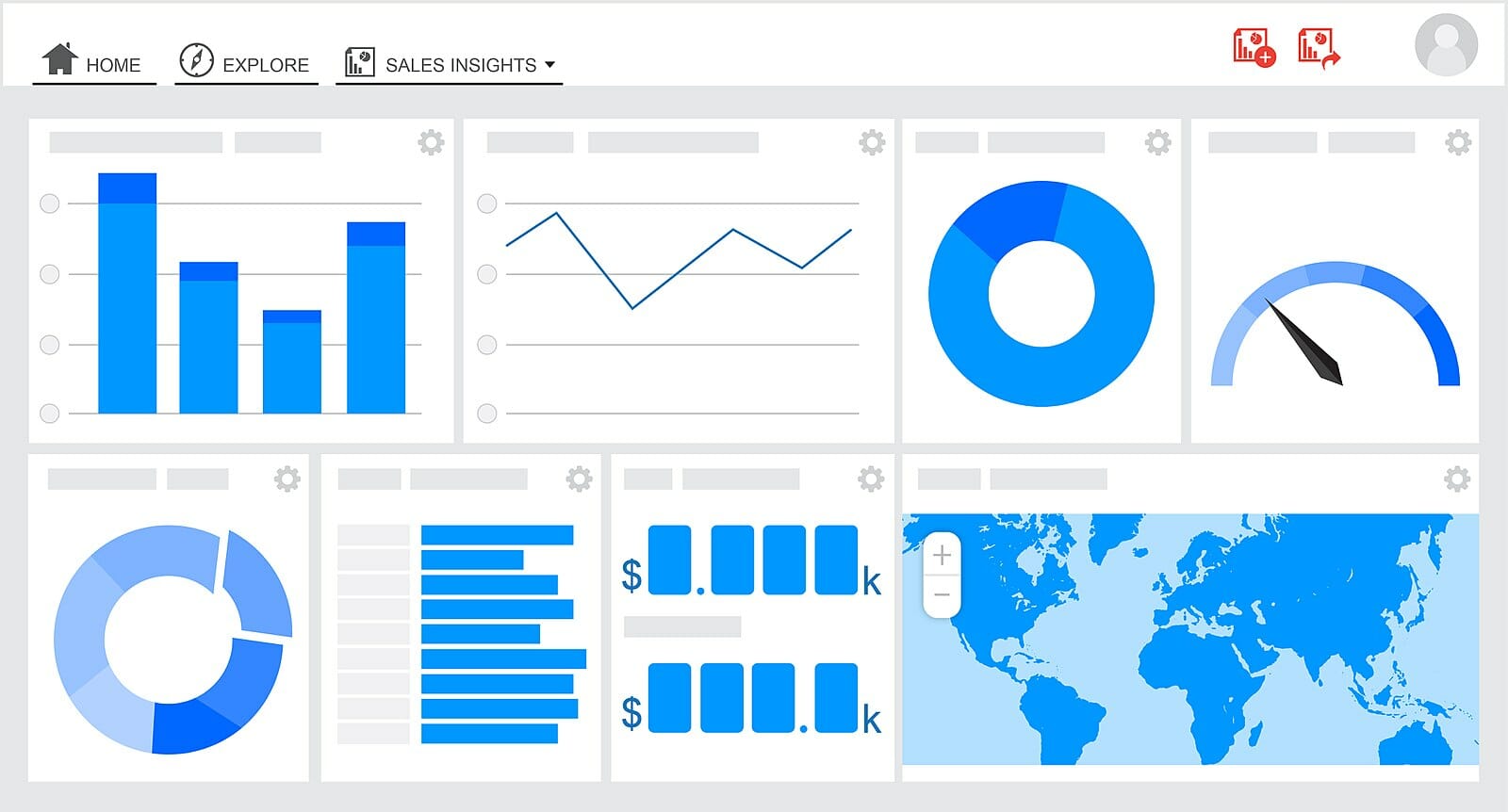When thinking about BI dashboards, many individuals may envision a static platform with limited user customization. Traditionally, BI dashboards have been viewed as non-interactive spaces where team members primarily check key performance indicators (KPIs) and recurring metrics. While this approach holds value, especially for smaller businesses lacking extensive BI capabilities, it falls short when it comes to enterprise-level requirements.
For organizations aiming to set industry standards or maintain competitiveness at a high level, the era of static dashboards is coming to an end. Recent BI technologies offer more immersive and flexible analytical capabilities, enabling enterprises to drive significant operational enhancements and growth.
So, are BI dashboards still relevant? Let’s explore how newer tools are redefining the role of the BI dashboard, introducing fresh expectations and functionalities.
Analyze Data in New Ways
Historically, dashboards have been used for data observation. Sales teams might focus on metrics like conversion rates and revenue per transaction, while marketing teams analyze the cost of programmatic ads or track web traffic trends. While these practices are valuable, they only scratch the surface of what modern data analytics can achieve.
Advanced BI tools powered by technologies such as artificial intelligence and machine learning have revolutionized data analysis possibilities. Self-service analytics now allow ordinary employees to conduct their data analysis, eliminating the need to rely solely on fixed dashboards for insights.
Features like relational search empower users to query analytics akin to running searches on search engines. This intuitive approach enables more individuals to interact meaningfully with data, moving beyond conventional static figures. With search-driven analytics, individuals can create their dashboards by posing essential questions related to their roles, facilitating prompt access to insights and saving valuable time for analysts by reducing basic query handling.
Embedded Analytics Saves Time
Embedded analytics represents another BI technology reshaping the dashboard landscape. Traditionally, dashboards serve as the go-to destination for specific data queries. However, this approach can be inefficient due to information overload and workflow disruptions resulting from switching between multiple dashboards.
Embedded analytics empowers organizations to integrate visualizations and analysis tools directly into individual workflows, enhancing efficiency and personalization. By embedding analytics tailored to specific projects and roles, workflows become streamlined and focused, offering a more productive environment.
The emergence of innovative BI tools is transforming how enterprises approach dashboards and deliver analytics to employees, ushering in a new era of data-driven decision-making.
Featured image credit: Growthlakes/Wikimedia Commons







